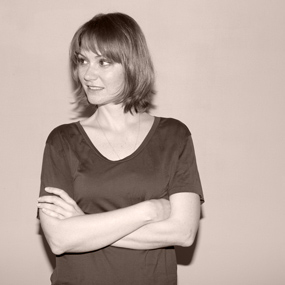The contemporary classicism of Milan-based Studiopepe
Calm, Cool & Collected
Design in the 2010s is all about color and contrast. Coordinated matchy-matchy has gone out the window, replaced by calm but curious mixes of dynamic forms saturated in new palettes, like electric blue with feathery pink; sea green with saffron yellow. This approach is evident across design studios from New York to Melbourne, but no one nails it quite like Studiopepe.
Arianna Lelli Mami and Chiara Di Pinto, who founded Studiopepe in 2006, met while studying at the Politecnico di Milano. Their decision to partner up, however, came through serendipity, after they chanced upon each other while vacationing in Mexico. Their collaboration, it seems, was meant to be, because together they soon found regular work art directing shoots for major design and lifestyle publications.
“Our first story together was commissioned by Case da Abitare, a beautiful magazine that no longer exists,” remembers Di Pinto. “The story was a very iconographic shooting on the theme of surrealism and nonsense, and it was chosen for the magazine’s cover. Not bad for two beginners!” Right from the start, Studiopepe attracted clients—like New York Times T Magazine—through their bold color combinations and evocative still life-like assemblages of eye-catching and intriguing objects.
Ten years in, Studiopepe’s work goes far beyond editorial set design. Today, Lelli Mami and Di Pinto tackle a range of assignments, including interiors, styling, consultancy, trend forecasting, exhibitions and catalogs, and product design for international companies alongside their own self-produced conceptual objects. No matter the project, though, the result always reflects a highly striking and confident point of view—just ask Elle Décor, Agape, &Tradition, Fritz Hansen, Max&Co., and Fendi, just a few of the brands that have recently hired Studiopepe.
While their partnership may have started by chance, the studio’s designs are nothing if not purposeful, developed through continuous research and deliberation. “We spend a lot of our time experimenting with new combinations of colors, shapes, and materials in order to find a new aesthetic,” explains Lelli Mami. “We start from a vision, which is not only style-related but comes also from our backgrounds or from a specific mood. Then, we translate it into different contexts. We are storytellers at the end. And when you tell a story, you have to carefully consider every detail—not only the main plot!”
“To us eclecticism and curiosity are important starting points,” adds Di Pinto. “But we don’t pursue aesthetics as an end to itself. The exterior shape has to come from an inner thought, an inner vision. Always. Otherwise it’s destined to pass away in a very short moment.”
Studiopepe’s prolific work is certainly of the moment. Still, the interiors, exhibitions, and editorials created by Lelli Mami and Di Pinto embrace a distinctive blend of contemporary and classic, ornate and minimal, and always with quality materials that attract the hand as much as the eye. The vibe, in sum, resonates outside of time. Each moody and well-lighted vignette feels like it could have been composed by an old-school painter, somewhere in between Caravaggio and Morandi.
Even the objects created by Studiopepe possess the contemplative serenity of a still life painting. Take Ossimori, for example, Studiopepe’s first collection of one-of-a-kind, tabletop sculptural pieces. Each one is a highly resolved composition of geometric solids in sensual materials like chalk, copper, marble, and travertine, conceived “as artifacts retrieved from the future,” says Lelli Mami. The collection was recently exhibited in the W. Women in Italian Design exhibition at the Triennale Design Museum in Milan and at Chamber in New York.
A kind of neo-classicism—and Italy’s rich design legacy—permeates Studiopepe’s design choices. When asked to identify their sources of inspiration, Lelli Mami and Di Pinto reference ancient concepts like the “Golden Ratio” and “archetypal forms,” before listing off many of the greats of Italian modernism. “We tend to have an international approach, but our roots are deeply Italian,” says Di Pinto. “We think that italianità has been synonymous with free thinking and free form when it comes to the decorative arts. Since the 1950s, Italian designers have contributed an imagination that is unparalleled elsewhere in the world. Think Gio Ponti, Joe Colombo, Fornasetti, Luigi Caccia Dominioni
… all the big masters inspire our work.”
Studiopepe’s aim, then, is a timelessness that arises out of their curation of both the past and the present, mining and selecting the best of both worlds. Their special genius lies in their on-the-pulse sensibilities. “We like to use valuable materials that gain beauty over the years, because we believe that design products should last almost forever,” says Di Pinto. “At the same time, a poor material can be treated as a precious one, if it is meaningful. To us, it's important that each element to be original and honest.”
Lelli Mami adds, “Like a white shirt; you can use it anytime to go to the supermarket or a soirée. It’s the same for design. Good design—whether a masterpiece or anonymous—goes with everything. We like very much the interplay between the simple and the sophisticated. Velvet with raw linen, or lacquered with reclaimed wood. As it happens in fashion, where creative people mix vintage with haute couture; Levi's with Chanel. We love this approach.”
In a world as in flux and full of uncertainties as ours today, there’s nothing more contemporary—nothing chicer—than timelessness.
-
Text by
-
Wava Carpenter
After studying Design History, Wava has worn many hats in support of design culture: teaching design studies, curating exhibitions, overseeing commissions, organizing talks, writing articles—all of which informs her work now as Pamono’s Editor-in-Chief.
-
More to Love
LTE 10 Floor Lamp by Luigi Caccia Dominioni for Azucena, 1954

Cuore in Salmon by Studiopepe
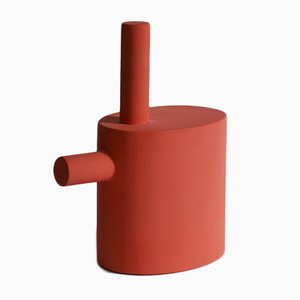
Cuore in Bordeaux by Studiopepe

Cuore in Mauve by Studiopepe

Wall Lamp by Luigi Caccia Dominioni for Azucena, 1950s
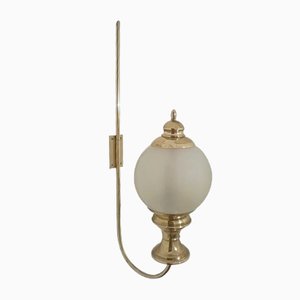
Kora Vase in Azure by Studiopepe for Atipico
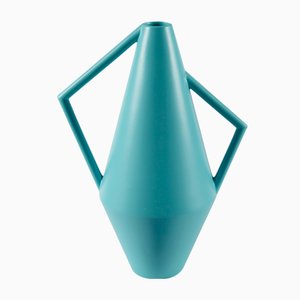
Crudo Wine Jugs by Busatta, Buzzini, Bigio, Meier & Zanon for Atipico, Set of 2
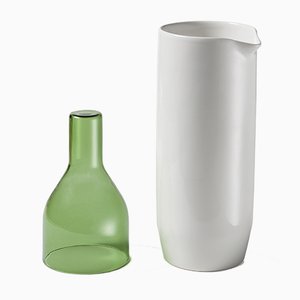
Kora Vase in Orange by Studiopepe for Atipico
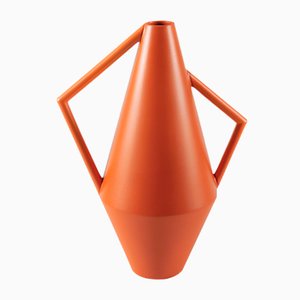
Kora Vase in Black by Studiopepe for Atipico
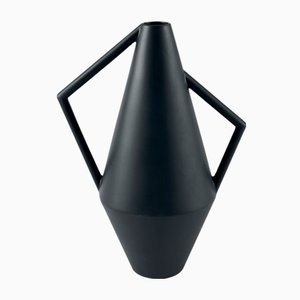
Kora Vase in Grey by Studiopepe for Atipico
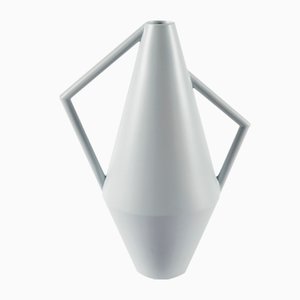
Kora Vase in Blue by Studiopepe for Atipico
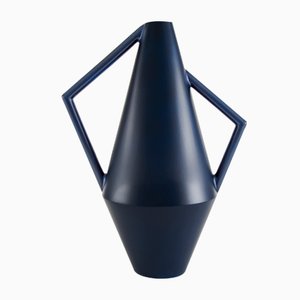
Kora Vase in Red by Studiopepe for Atipico
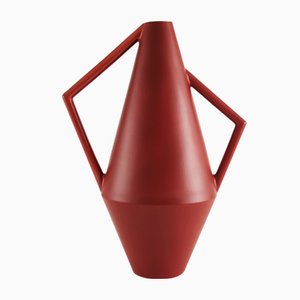
Kora Vase by Studiopepe for Atypical
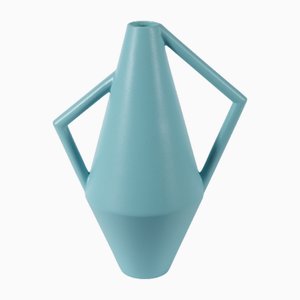
Kora Vase by Studiopepe for Atypical


